This post contains affiliate links from which I may receive a small commission, at no extra cost to you. In no way does this affect my opinion or the information I provide on the product. Please read my disclaimer for more info.
It’s no secret that high-fiber foods provide many health benefits. Aside from helping you maintain a healthy weight and making your good gut bacteria thrive, fiber can also prevent diseases such as diabetes, heart disease, or obesity. Read on for all the health benefits and where to find the best fiber-rich options!
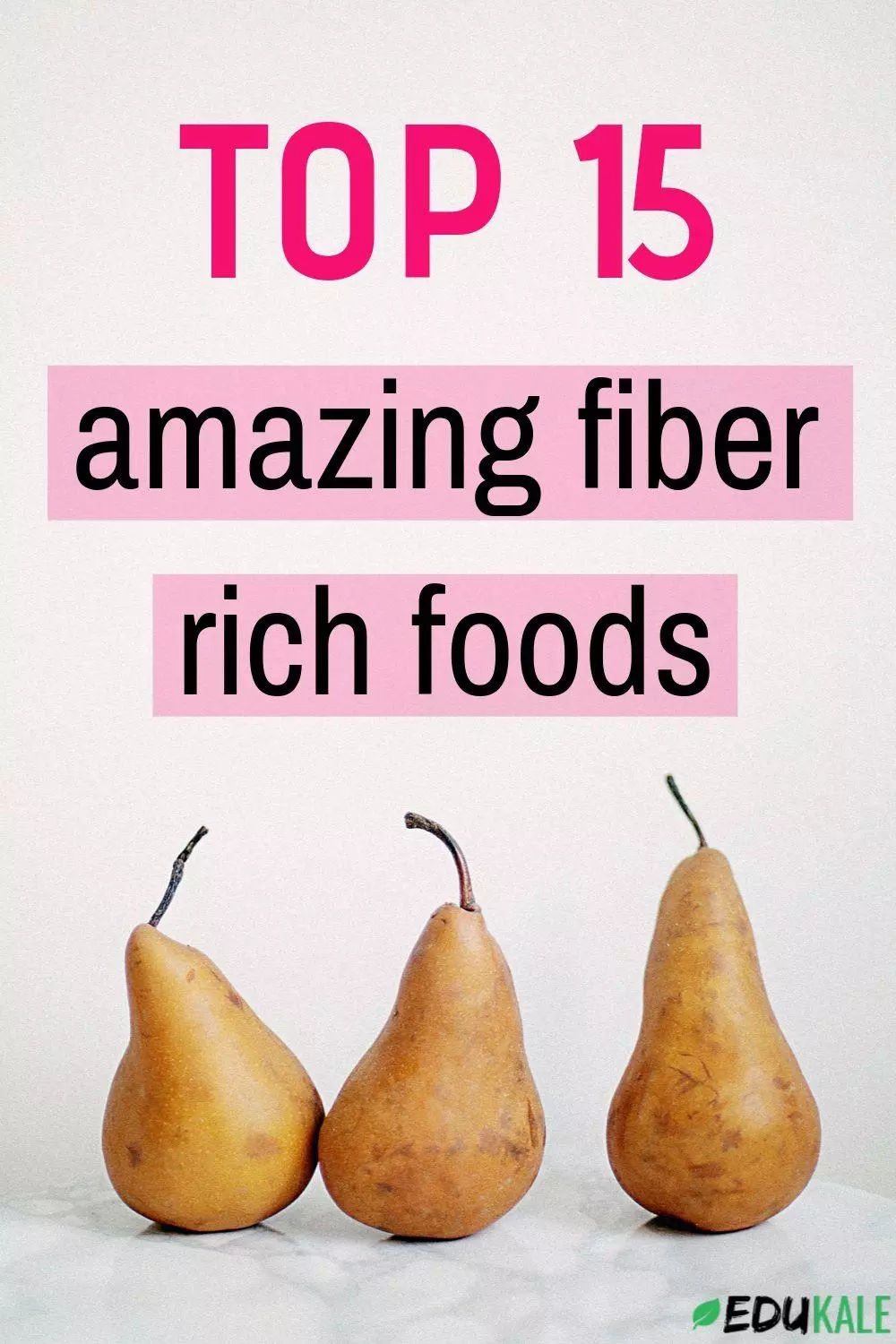
What is fiber and how much should I have?
The fiber found in food is a type of carbohydrate that your body can’t digest. It can be soluble, meaning that it can dissolve in water, or insoluble, meaning that it passes down your digestive system intact. They both have their own health benefits and most fiber-rich foods contain each of them in different proportions.
The recommended fiber intake is 14 grams for every 1000 calories consumed. On average, that’s between 25 and 38 grams daily for adults. Most Americans only consume half of that amount, which is worrying, considering all the health benefits fiber holds. 1
Amazing health benefits of high-fiber foods.
Fiber is packed with great health benefits.
Firstly, it can help you feel fuller for longer after meals, because soluble fiber slows down the speed at which foods are digested. Insoluble fiber can also fill up space physically in your stomach (and doesn’t give you any calories) meaning you are likely to eat less. Furthermore, it can decrease nutrient absorption resulting in lower calorie intake. This can be a true aid for people trying to lose weight.
In addition, it has been shown that fiber-enriched diets reduce cholesterol long term, and improve glycemic control and insulin sensitivity. Sure enough, soluble fiber slows down the digestion and absorption rate, preventing spikes in blood-sugar levels and insulin. Fiber-rich foods could also have protective effects on colon cancer and coronary heart disease.
On one hand, soluble fiber creates a type of gel when it dissolves, which can improve digestion. It is also beneficial to your gut bacteria, which can use it to make fatty acids. These fatty acids could have positive effects on your body, such as reducing inflammation. 2
On the other hand, insoluble fiber stays more or less intact: it absorbs fluids in the gastrointestinal tract and sticks to byproducts of digestion. This improves stool aspect, promotes bowel health, and prevents constipation.
So fiber has many important benefits for your body— but where can you find it?
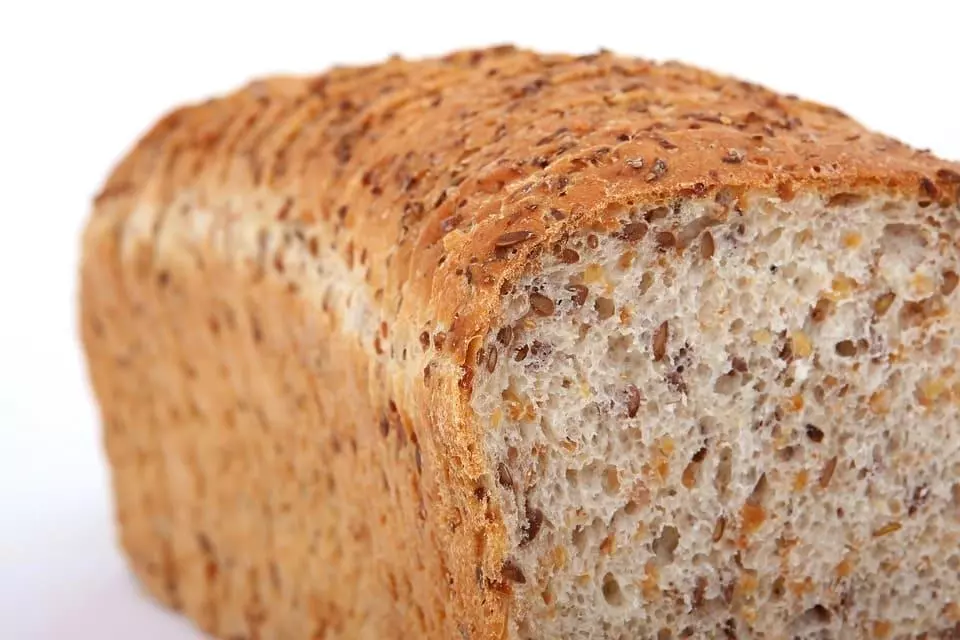
15 high-fiber foods to stock up on and their health benefits!
Some of these foods may not be found in every supermarket, so I’ve included some online options if you want!
1. Bulgur
Bulgur is a whole cereal grain made from dried wheat. 1 cup (182 grams) of bulgur gives you around 8 grams of fiber. It’s also a great source of manganese, magnesium, and iron.
2. Oats
Oats are a healthy gluten-free whole grain (as long as you don’t eat the highly processed instant oats). They are very nutrient-dense and loaded with vitamins and minerals. For 1 cup (156g) of oats, you get 16.5 grams of fiber. That’s around half your daily intake!
3. Buckwheat
Buckwheat is a gluten-free seed that is consumed as a cereal grain. 1 cup (170g) of buckwheat contains 17 grams of fiber. It’s often eaten in flour form, and 1 cup (120g) of buckwheat flour has 12 grams of fiber.
4. Whole-wheat pasta
Whole-wheat anything is much healthier for you than refined grains! 1 cup of whole-wheat pasta (140g) gives you around 4 grams of fiber. Replace your white pasta with whole-wheat!

5. Corn
Corn has different amounts of fiber depending on its different types, but for reference, 1 cup (154g) of sweet, yellow corn has around 4.2 grams of fiber!
6. Quinoa
Quinoa is in the same pseudocereal family as buckwheat. It’s one of the few plant-based complete proteins. 1 cup (185g) of cooked quinoa provides 5.2 grams of fiber.
7. Brown rice
Brown rice is a whole grain and has more vitamins, nutrients, and minerals than white rice. For 1 cup (195g) of cooked brown rice, you get 3.5 grams of fiber. You’ll also nearly get your day’s worth of manganese!
8. Apples
A medium-sized apple (182g) contains 4.4 grams of fiber. That’s a good amount for a quick on-the-go snack!
9. Bananas
A medium banana (118g) will give you 3.1 grams of fiber. You’ll also get many other vitamins (such as vitamins B6 and C) and minerals (like potassium and manganese).
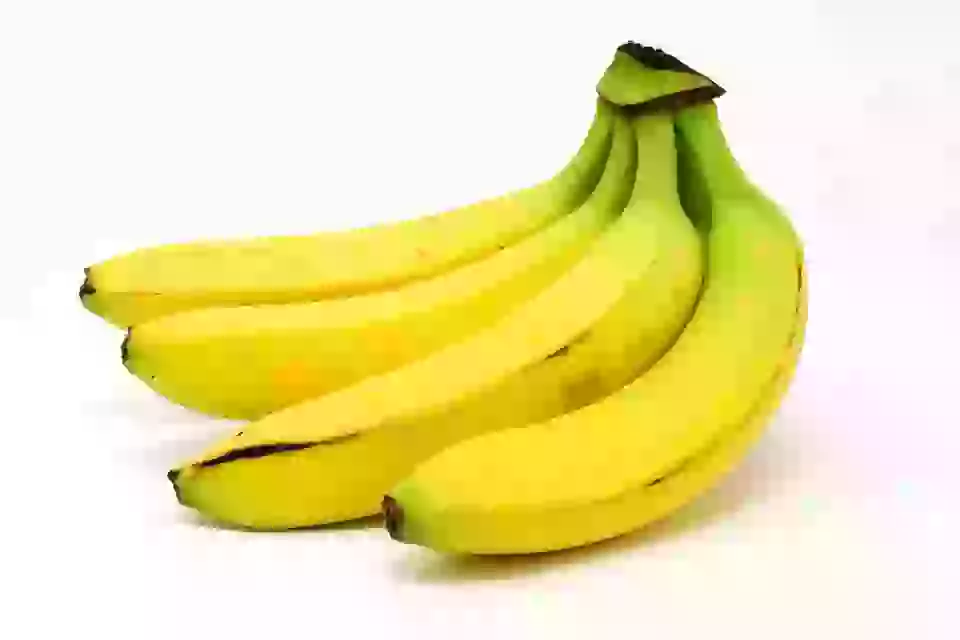
10. Dates
Dates are rather high in calories but still good for your health as they are packed with minerals and fiber. 1 cup (147g) of dates contains around 12g of fiber.
11. Nutritional yeast
Nutritional yeast is a nutritional gold mine! Just 2 tablespoons (16g) of these flakes give you 4 grams of fiber. Sprinkle it over anything for an easy way to get that fiber in! Don’t hesitate to check out its other health benefits and get some RIGHT HERE!
12. Artichokes
One medium cooked artichoke (120g) contains 10.3 grams of fiber! Artichokes are also filled with lots of different vitamins and minerals. For example, they are an excellent source of folates (B9)!
13. Lentils
Not only are lentils packed with protein— they’re also super rich in fiber! 1 cup (198g) of cooked lentils has 15.6 grams of fiber. They also nearly cover your day’s worth of folate! Lentils are an exceptionally nutritional food.
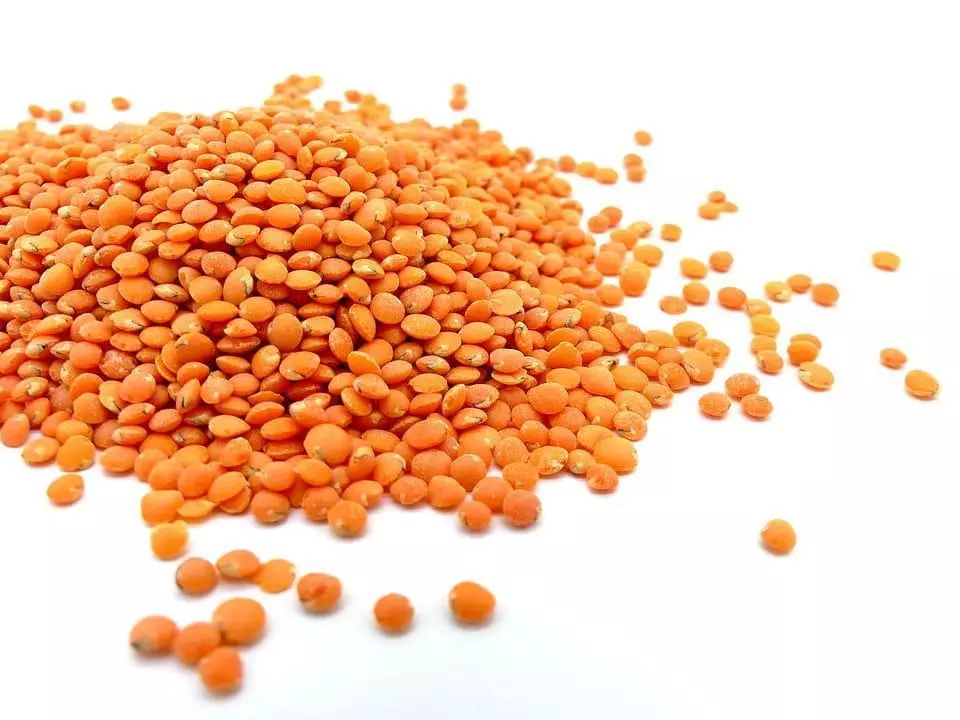
14. Pears
A medium pear (178g) contains 5.5 grams of fiber, which is pretty high in the fruit department!
15. Beans and chickpeas
Beans and chickpeas are loaded with similar amounts of protein and fiber. A cup (164g) of cooked chickpeas contains 12.5 grams of fiber. A cup (240g) of canned pinto beans contains 11 grams of fiber. They also contain many vitamins and minerals, and good amounts of folates.
High-fiber foods health benefits in conclusion.
High-fiber foods provide many health benefits. For one, they help your good gut bacteria and reduce inflammation. They can also help prevent diseases such as cancer and diabetes. In addition, eating fiber is key to helping you manage your weight. It’s therefore very important to consume a variety of fiber from different sources, such as whole grains, fruits, and vegetables.
-Lucie
What’s your favorite high-fiber food? Do you have any to add to the list?
More references used:
Health benefits of high-fiber diets
Nutrition Data
Healthline
If you’re interested in nutrition, its impact on our health, and the science behind it, you should definitely read How Not to Die. In this book, Doctor Michael Greger, founder of Nutrition Facts, examines the top causes of death in America and explains how your diet can prevent— and in some cases even reverse— them. His advice is all backed by science and he writes in a very clear and entertaining way. This book isn’t a list of what you already know. It will teach you the keys to living a long healthy life, in a simple and practical way, and without spending fortunes on supplements and pills!
PLUS if you want to take it a step further, you can check out the How Not to Die Cookbook to implement the advice easily!

Welcome!
I'm Lucie, the nutritionist behind Edukale! If you'd like to learn more about me, click HERE !
Read More!
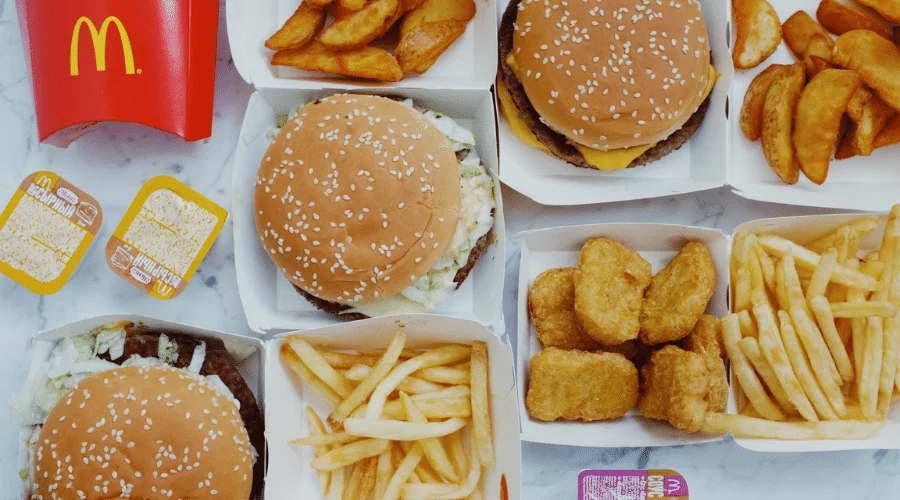
The truth about processed foods
You’ve probably heard that it’s best to reduce your intake of “processed foods” for healthy eating, and increase your intake of whole foods for optimal health.

The Best Foods to Fight Fatigue
Do you feel like you’re always tired and that you need multiple coffees to get you through the day?

how to find the balance between healthy eating and dieting
It can be hard to find the right balance between healthy eating and dieting without becoming obsessed with food.
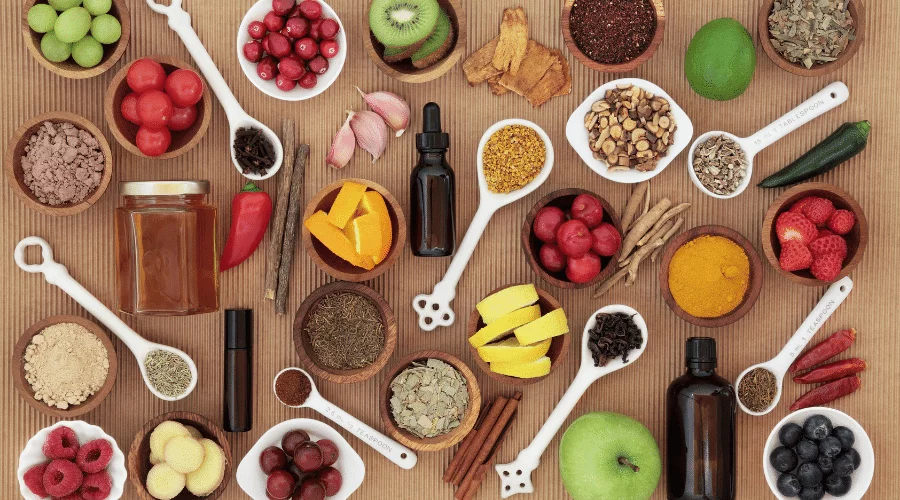
Can you use food as medicine?
“Let food be thy medicine, and let medicine be thy food.” We’re all familiar with this quote attributed to Hippocrates, and we all know the huge impact our food choices have on our health.
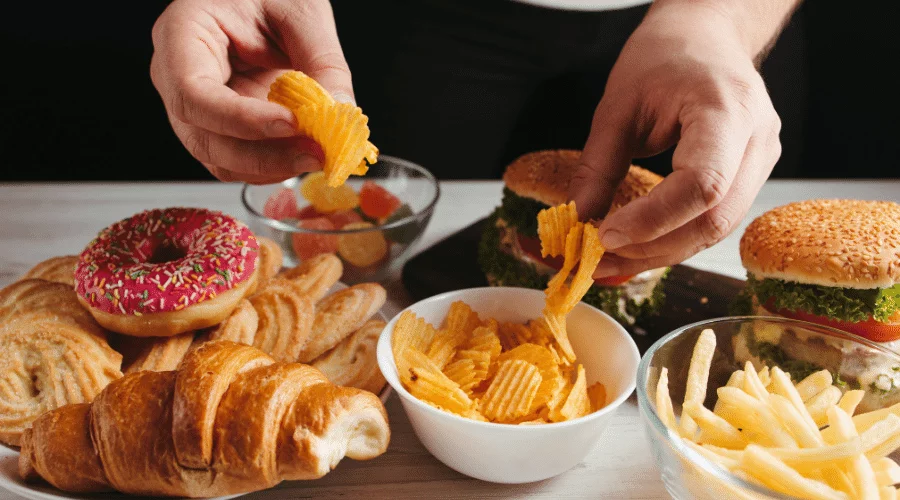
How to finally stop overeating for good!
Overeating means eating past your body’s actual needs, and it can be rather uncomfortable.
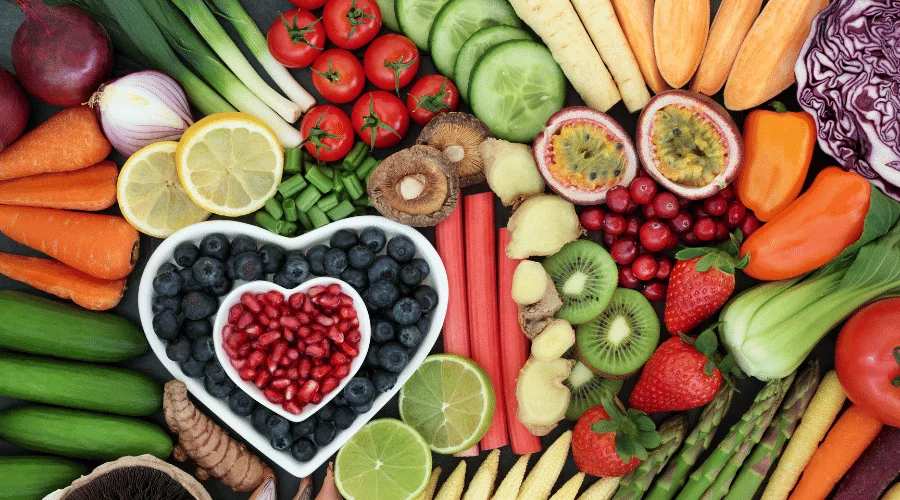
The anti-inflammatory diet: get rid of inflammation
You’ve certainly heard about the anti-inflammatory diet before and the benefits it could have on your body.

The complete beginner’s guide to veganism
Even though you can absolutely be healthy on a diet that includes animal products, the scientific consensus shows that increasing your consumption of plant-based foods is what is best for health.

Physical vs emotional hunger—learn the difference
You may be aware that physical hunger is not the only type of hunger that exists. There are actually two main types of hunger: physical hunger and emotional hunger



Comments are closed.